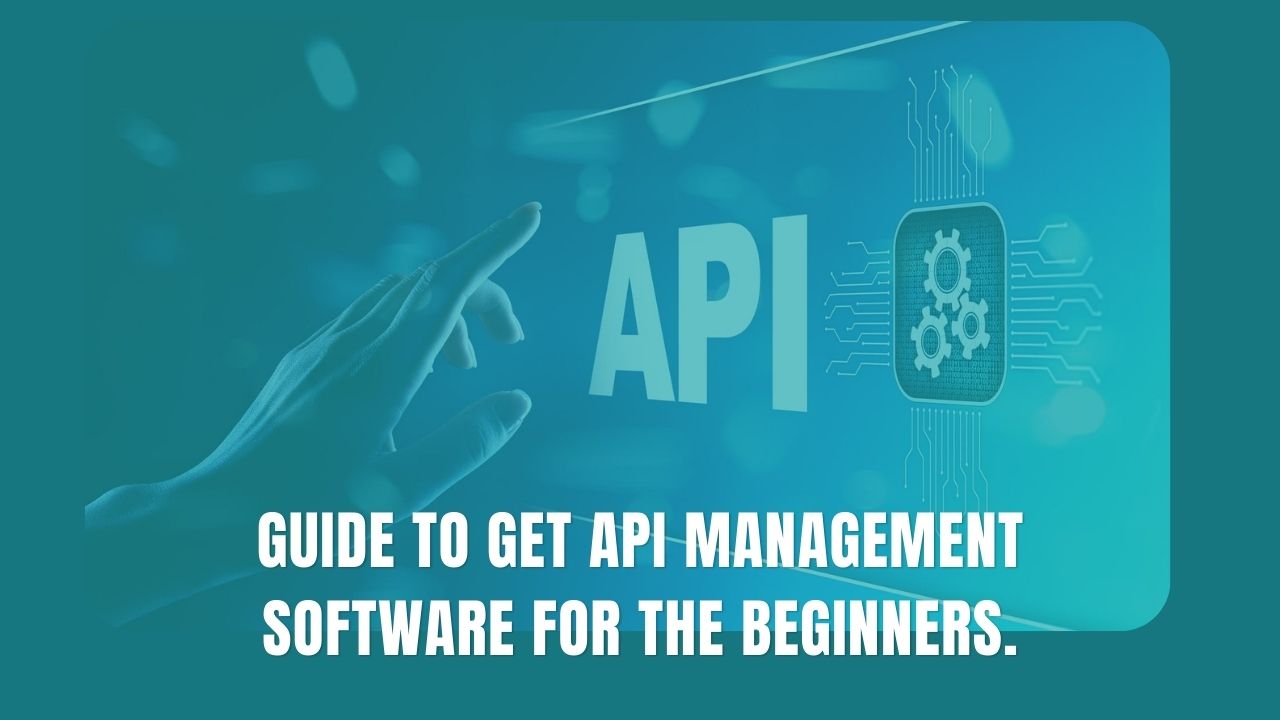
Application Programming Interface, or API, is a mechanism that allows any two software components to communicate with one another. The communication is based on a unique set of predefined rules, protocols, and definitions that are specific to APIs. In a way, APIs power every application we use on a daily basis; they essentially serve as the foundation for communication.
API relationships as well as individual APIs can be created, deployed, and maintained by developers with the aid of API management software. These tools may occasionally be able to help with developer and user best practices for APIs.
In order to stay organized while finding, testing, and launching new APIs and integrations, many businesses rely on API software. These tools can support native security and performance optimization while also streamlining and standardizing the API rollout process.
The creation of web application interfaces, management of access, use cases, and ongoing monitoring, as well as analysis and reporting on data from API usage and performance, are crucial steps in the API management process.
Before purchasing API management software, you should take into consideration some key features.
While some API management software has a core area of management specialization, the majority of tools are all-inclusive solutions that provide the following features.
- API gateway.
The API gateway acts as a go-between for clients and services, deciphering the API request and permitting it to proceed if it complies with all specifications.
- Developer portals and dashboards.
Developer portals enable developers to view all company-owned APIs in a single dashboard location. Additional dashboards can be launched as needed to clarify features like API lifecycles and security.
- Analytics, data visualization, and reporting.
API management tools enable users to format this data into graphs, charts, and other data visualizations and reports in order to better understand API event data.
- Testing environments.
APIs with all of their required dependencies are tested in testing environments, or sandboxes, without interfering with the actual API lifecycle or running APIs.
- API lifecycle management.
A variety of tools are used to manage the API lifecycle, from creation to deployment and ongoing maintenance, through the use of documentation, security, automated workflows, and policy management.
- API marketplace.
API users can find both free and paid versions of specialized APIs and related applications in the API marketplace.
- Documentation.
API documentation should describe an API’s evolution and previous iterations, as well as lay out the rules and guidelines by which the API must be used.
- Built-in security and authentication.
To safeguard application data, specific types of security boundaries must be in place for both the API and API users.
What is an API key?
An API key is a special identifier used to verify API requests. The client is identified by a string of letters and numbers that make up the key (remember this is the application or site making the request). Depending on the client’s access permissions, the key can approve or reject that request. It can also keep track of the quantity of requests made for usage and billing purposes.
This method has some benefits over basic authentication, which only needs a username and password, despite not being as secure as authentication tokens.
A business can manage the volume of calls made to its API and guarantee that only a chosen, trusted group of clients can access its server’s resources by limiting access to those with keys.
Consider an API key as a reservation and the API as an exclusive restaurant, continuing from the previous example. You can maintain the number at capacity so that the kitchen can effectively and efficiently serve each guest by enforcing the requirement that diners have reservations in order to eat at the establishment. Similar to that, by limiting access to your resources made available via the API to clients with an API key, you help ensure that your software is used securely and can handle the volume of requests coming in.
The Best Tools and Software for API Management
1. Mulesoft
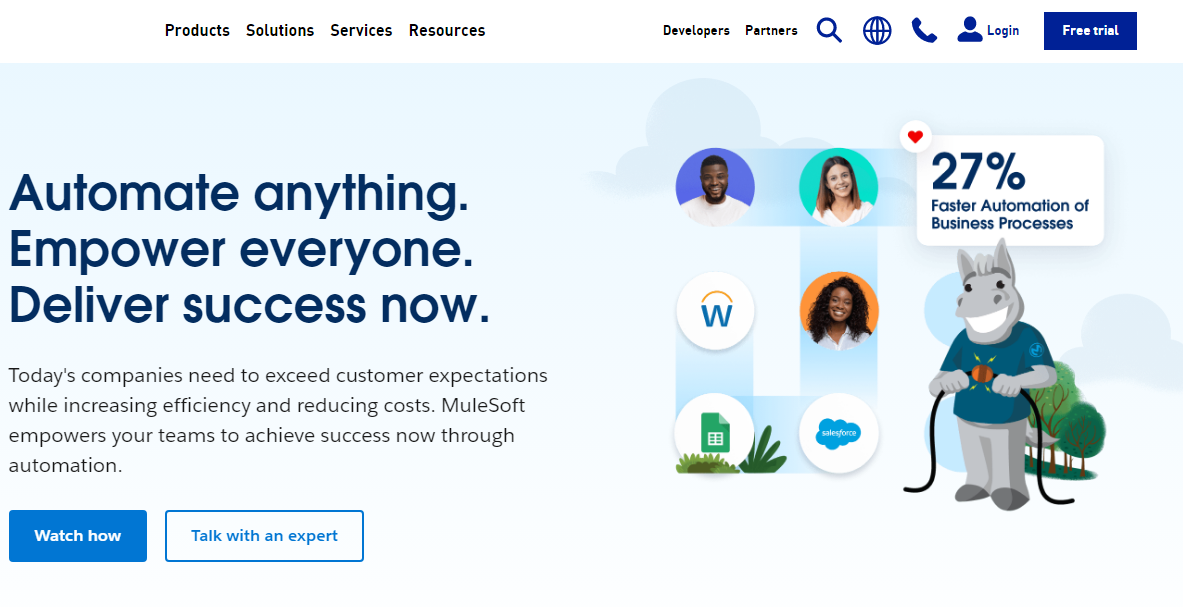
Anypoint API Manager from Mulesoft offers a high-performance API gateway that aids users in creating and managing their APIs and microservices as well as a number of useful security features.
By allowing users to adopt pre-built or personalized security policies, the solution offers security. They also use a service mesh to secure microservices, enabling users to implement zero-trust and apply traffic-control rules. Users can apply policies across all of their APIs for a consistent management experience, which is a great feature of the software.
Additionally, the solution gives users access to insights from API data analytics, making it simpler to choose the best course of action for enhancing the functionality and value of their APIs.
2. Apigee
A platform called Apigee provides a number of features for managing and developing APIs. Users can also develop and scale their own API programs for monetary gain.
By creating API proxies that serve as managed “facades” for backend services, users can use Apigee to build managed RESTful APIs and expose APIs directly on Apigee. Users can create API proxies and an API workflow with customizable API settings, policies, and behaviors using the Apigee platform.
The API platform from Apigee has useful features like API proxies. To expose APIs on Apigee while protecting apps from changes to the backend code, API providers have been implemented. They isolate the user-facing API from users’ backend services, ensuring that applications can continue to use the API even after users make changes to their backend services. This makes managing updates and changes simple.
3. 3Scale
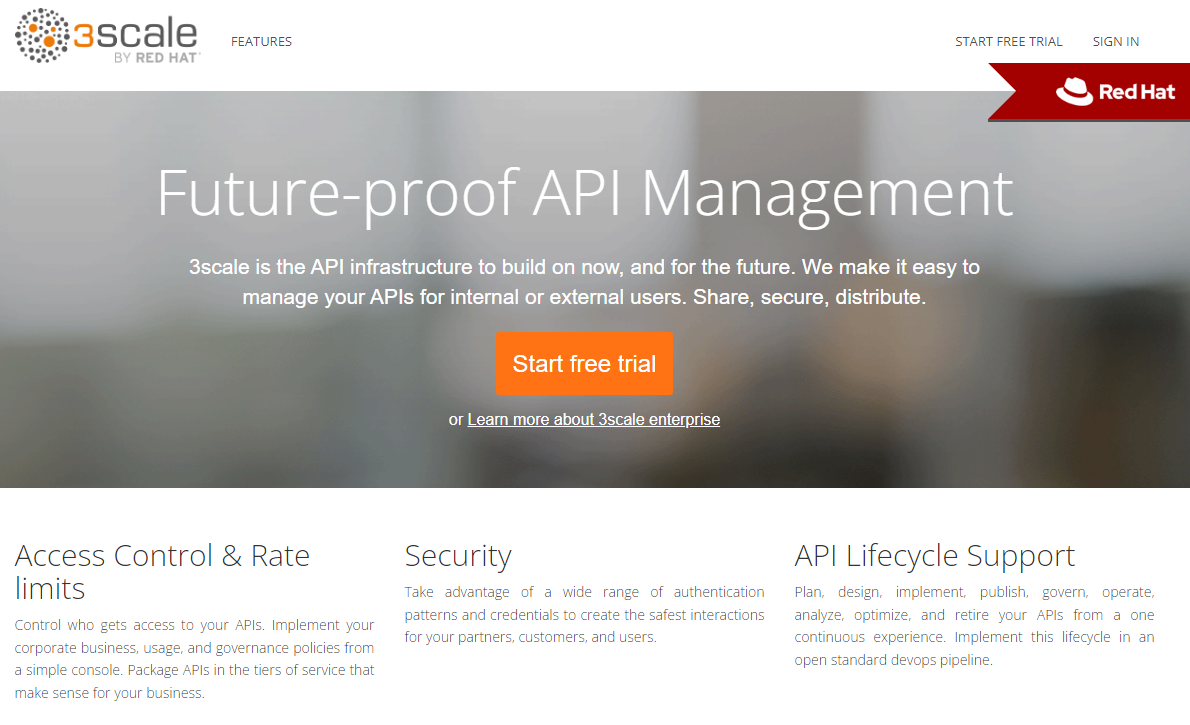
Cloud-native API development, security, and control are supported by Red Hat 3scale API management. The software uses a distributed cloud layer to centralize the management of the API program, giving them more understanding and control over their analytics of API data, access monetization, development procedures, and other areas.
While 3scale provides a variety of stand-alone capabilities, users can take advantage of the integrated software features to increase functionality even further. Users can, for instance, build applications on Red Hat OpenShift to set up their API gateways and integrate Red Hat Fuse to create APIs. Users can also easily create and deploy applications using Linux containers and automated processes through their gateway thanks to the OpenShift connection.
4. Fusio
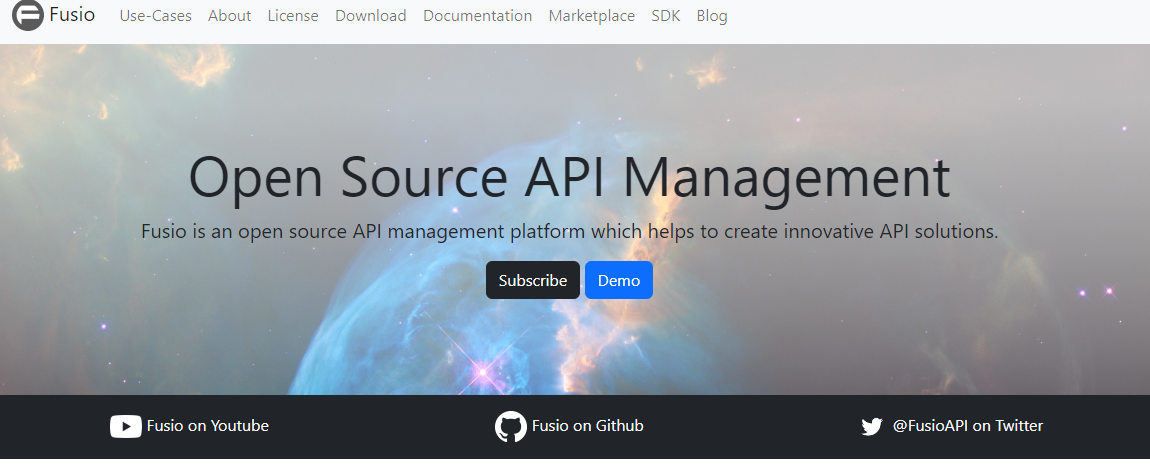
The free and open-source Fusio API management tool aids users in building REST APIs for commercial use. The Fusio backend app additionally gives users control over their API and API monitoring.
A large number of features are included with the software to support the creation of an API program. By imposing fees on specific routes, Fusio makes it simple for businesses to generate revenue from their APIs. Users are able to create Plans through their payment system, which can then be purchased via the developer portal. The user will receive points for every purchase, which they can use on secure API routes.
5. Akana
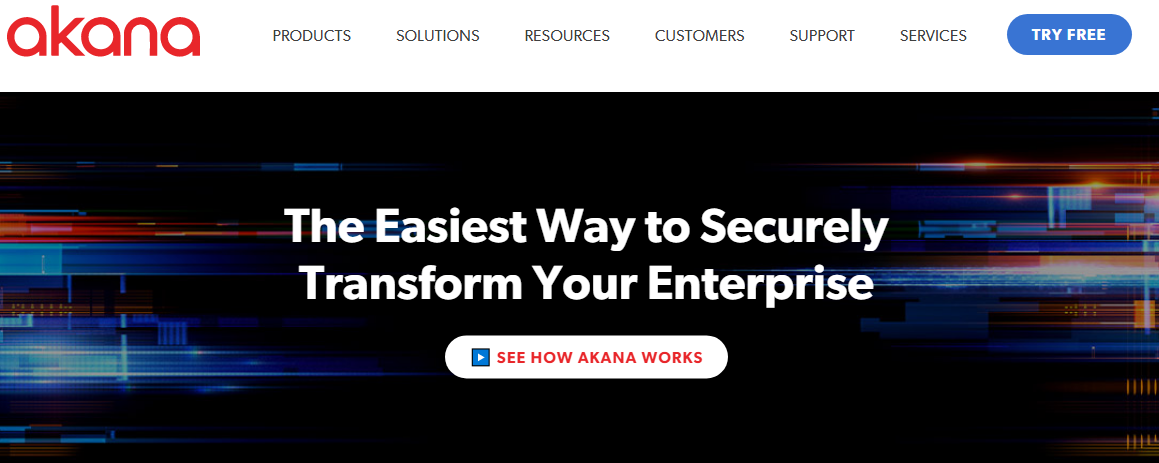
By deploying safe APIs across various clouds, Akana offers an API management platform for accelerating digital transformation. With features that facilitate the quick design and development of APIs, its software aims to reduce time-to-market.
With features that help users better understand their APIs and API connections, users can manage their APIs throughout all stages of their lifecycles. Akana additionally offers connections that increase the functionality of their software through integration with a variety of widely used and open-source application development tools. Using customizable forms that are simple to integrate into external tools and workflows, API and app provisioning can even be automated within organizational workflows.
Conclusion
You should start by identifying the top features that will be most beneficial to your organization’s requirements in order to find the best provider for your API management software. You can then determine which vendors offer software that would be suitable for your organization by identifying and compiling a list of the crucial elements for your organization’s API management.